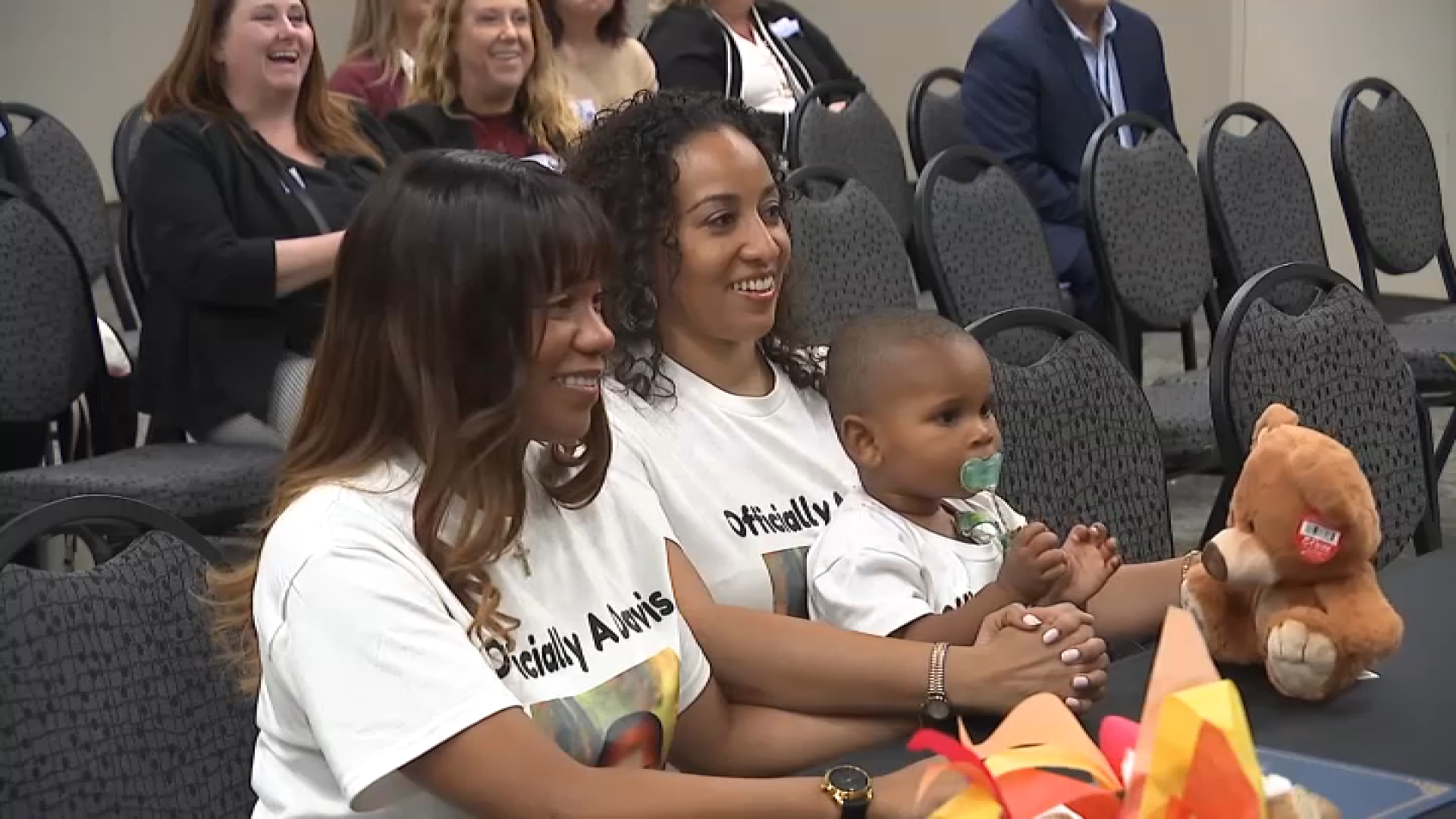As any twenty-something Silicon Valley entrepreneur or forty-something New York venture-capitalist will tell you, the annual South by Southwest (SXSW) festival in Austin, Tex. is a mecca of creative experimentation and technological innovation for the digital age.
But perhaps a much-publicized program that turned homeless people into 4G WiFi hotspots went too far.
According to the Hollywood Reporter, an ad agency rigged 13 homeless people with wireless routers as part of a "Homeless Hotspots" initiative geared to boost Internet connectedness for SXSW Interactive and provide a community service to Austin's homeless population.
BBH, the international firm behind the initiative, is getting flogged by critics for what is being called an exploitative stunt and a politically insensitive business (misad)venture.
Tim Carmody, a Wired blogger cited in Monday's New York Times report on the ongoing controversy, described the project as "completely problematic" and "something out of a darkly satirical science-fiction dystopia."
The embattled agency has defended the "Homeless Hotspots" campaign as charitable do-goodery designed to enfranchise a marginalized community — which might, incidentally, make life easier for the vinyl-toting indie rockers and self-proclaimed social media gurus milling around Texas' hipster enclave during the two week festival.
The New York Times spoke to Saneel Radia, the New York-based director of innovation at BBH Labs who oversaw the now-infamous project.
U.S. & World
The day's top national and international news.
Radia said that "Homeless Hotspots" represent a means "to raise awareness by giving homeless people a way to engage with mainstream society and talk to people."
"The hot spot is a way for them to tell their story," he said.
According to Wired, the thirteen homeless participants were compensated with a small fee in return for standing or sitting near people with a laptop, mobile phone or tablet computer with WiFi capability.
At this time it remains unclear if the "I'm a 4G hotspot" t-shirt participants were required to wear were included in the compensation package or sold separately.



